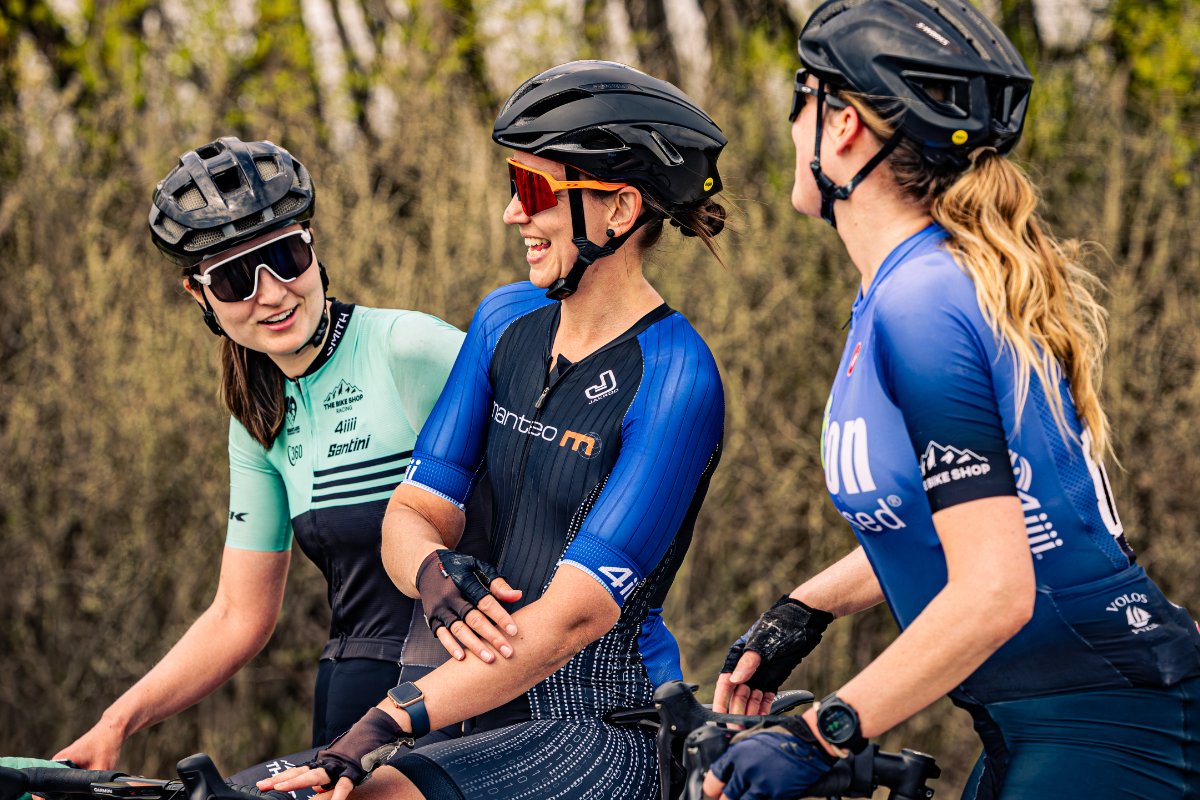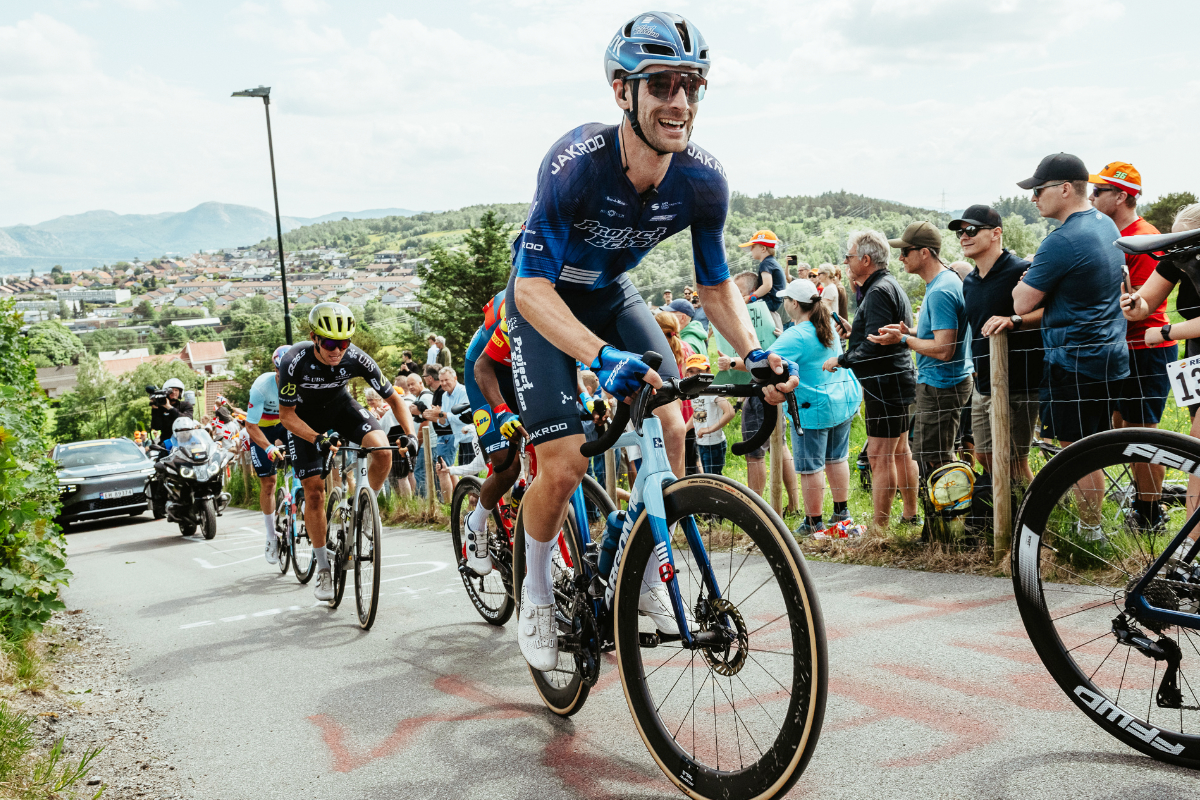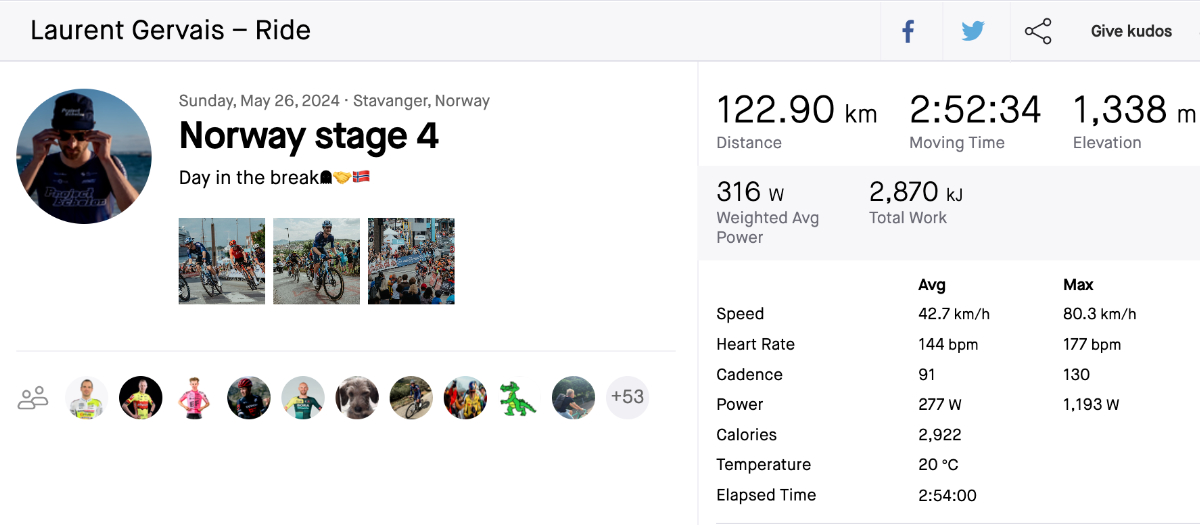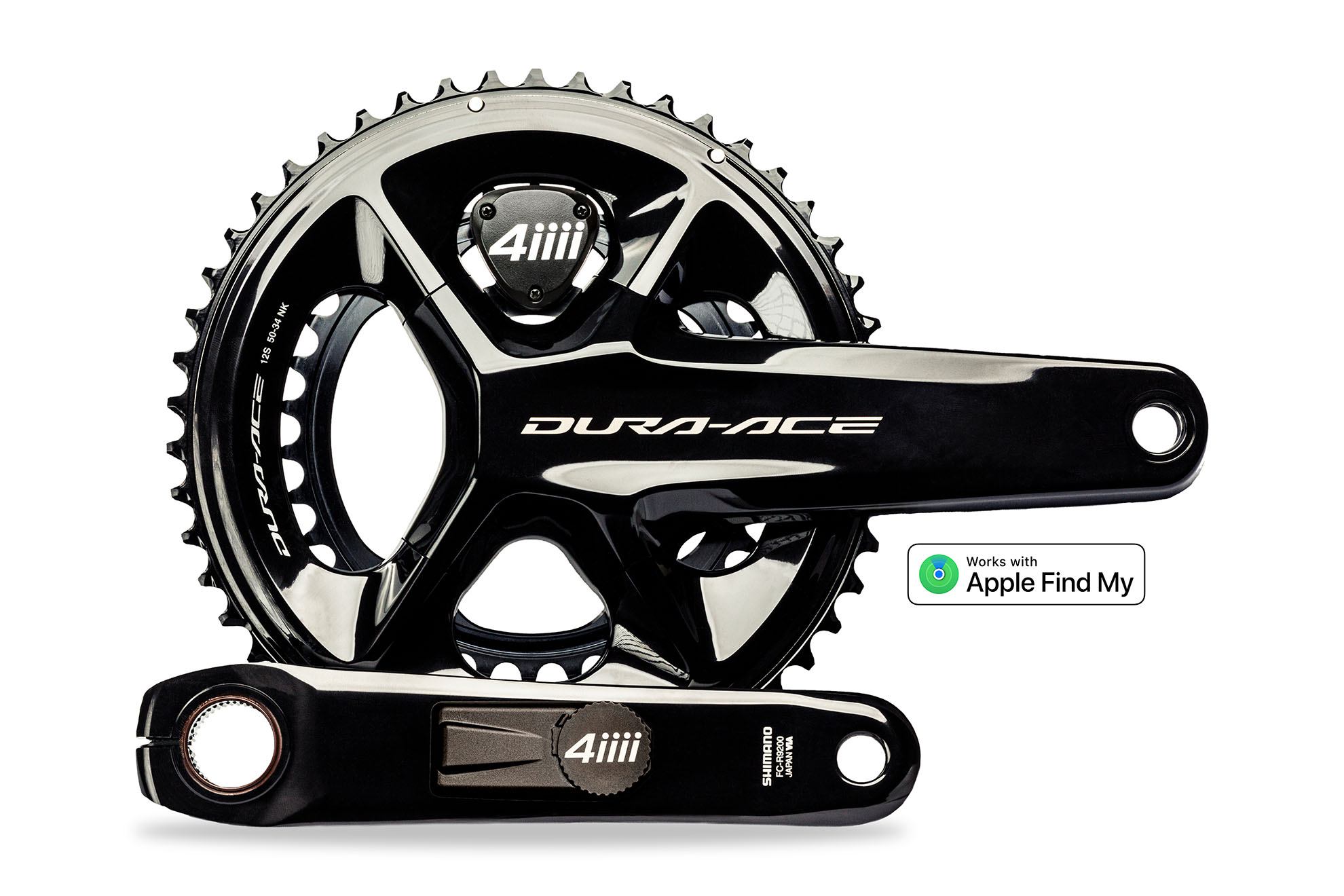Compete With the Pros - 5 Ways You’re More Pro Than You Know!
Posted by Andrew Davidson on June 10, 2024
We’ve all heard the sage advice, “Comparison is the thief of joy", and while its words ring true, it’s one of the harder things to avoid doing as an athlete at any level. With all of the metrics and data now being shared by riders, it’s natural to be curious about what kind of otherworldly stats the best in business are doing up a mountain pass, on an Ironman 70.3 bike leg
While it’s certainly inspiring and entertaining to marvel at the impressive speed and power of these world-class athletes, it can sometimes stir feelings of inadequacy or dismay - that you’ll never be anywhere near their level. If you find yourself slipping down that self-defeating slope, we’re here to offer some ways of re-framing those comparisons in your favour.
Here’s a list of 5 measurable ways that prove you’re already more “pro” than you know - or ways to get there!
1. Cadence
While the riders in the WorldTour might be pushing watts that are beyond most of us, the cadence or rpm at which they do it, is fully within reach! Do a quick Strava a search of your favourite pro rider’s average cadence from a big event or epic training ride and you’ll likely find it averages within the 80-100rpm range. Looking at the recent Strava file of Project Echelon’s Laurent Gervais, from his day spent in the breakaway on Stage 4 of the Tour of Norway, we can see he averaged 91rpm for the 123km route, with a max cadence of 130rpm , as measured with his PRECISION 3+ Pro Powermeter.
While 91rpm may prove to be a challenging cadence to sustain for some, it’s still a very attainable goal for those willing to put in a bit of work, using single-leg pedalling exercises and cadence pyramids to increase their pedalling efficiency and fluidity. The ability to comfortably hold a cadence in this range is beneficial, in that it allows riders to balance the demand on their aerobic system (lungs/heart) and their muscular system (quads, glutes, etc).
The higher the cadence, the more you’re engaging your aerobic conditioning, while the lower cadence pulls from your muscular strength. Alternating unclipping one foot and pedalling with the other for 20-30s x 3-5reps at the start of a ride will help emphasize a smooth pedal stroke, with power being applied evenly for as much of the revolution as possible. A cadence pyramid where you hold 70, 80, 90, 100, 110, 100, 90, 80, 70rpm , for 30-60s each is a great exercise to stretch the range of cadence you can smoothly and comfortably hold.
As the drill gets easier, you can raise the base and peak of the pyramid, so you’re starting at 80 or 90rpm and working up to 120 or 130rpm and back down. Soon enough you’ll be going pedal stroke for pedal stroke with the world’s best, even if at slightly lower power outputs ;).
2. Distance
100km is 100km, whether it’s covered at record-breaking speeds or at a casual pace that includes plenty of photo-ops and coffee stops. The pros may be able to cover great distances at average speeds that most of us would be lucky to hold for 20 minutes, but that doesn’t undermine the fact that most of us can still cover the same expanses, at our own pace.
With ultra-distance events, like Unbound XL and The Transcontinental Race gaining in popularity, as well as the age-old randonneuring groups and rides that exist, there’s no shortage of proof that even the least competitive among us can knock out big miles! If you’re newer to riding or want to increase the length of rides you’re capable of successfully completing, it’s a pretty simple formula = time spent in the saddle. Gradually increasing the length of individual rides as well as the number of times you’re riding per week or month (volume), is the best way to bump your distance up over time.
Making sure your bike fit, clothing choices, fueling strategy and pacing are well-considered, there’s really no limit to how far you can power yourself down the road or trail. Riding with others, whether it be on a group ride or fellow participants in a fondo event is another terrific way to keep the motivation and fun factor high on your way to equalling the big miles of big names in the pro ranks.
3. Training Zones
With power meters becoming more affordable to the general public in the last decade, and often coming stock on new bikes, it’s no longer just a tool for those in the pro ranks, or aspiring to be. One of the greatest functions of using a power meter for your training is that it helps establish clearly defined “zones”, which can help you to perform specific and high-quality workouts.
With a multitude of tests and now AI technology available on several of the popular cycling apps, defining what your power zones are for Recovery, Endurance, Tempo, Threshold, VO2 Max, Anaerobic, and Neuromuscular efforts. Paired with an online training program, coach, or some time invested in educating yourself on when/why to train these zones, you’ll make significant and steady gains in your riding. While the data is great for harder efforts and intervals, it’s also key to ensuring you’re going easy enough for your endurance and recovery rides.
4. Recovery Rides
This one will be the easiest to achieve for some and perhaps the most difficult for others… recovery rides! Pros need them and so do you. If you’re training with some regularity, you’ll inevitably need to mix in some easy days on the bike to give your body and mind the necessary respite to absorb the workload of your more taxing rides, and ultimately improve your fitness level.
Also referred to as “active recovery”, the point of a recovery ride is to help clear out fatigue with gentle and limited exercise. When you consider that walking is also an alternative recovery exercise, you can appreciate how relaxed the effort should be if you’re doing it by bike. Recovery rides should register a 1-2 on a scale of 10 for perceived difficulty, or Zone 1 if going by power, and typically not exceed 1.5hrs. This makes them a perfect option for a cafe ride or a spin with your non-cycling friend/partner.
Recovery rides should not only leave your legs feeling fresher by the end but also your mental state, as you can fully switch off all competitive urges and embrace a leisurely pace. We all know someone (or have been that person ourselves), who clings tightly to the false belief that if you’re not smashing the pedals on every ride, then you’re not getting faster, or worse, losing fitness. While it’s admirable to have a solid work ethic for training, the science will always back the reality that gains are truly made during recovery, so you need to rest as hard as you train.
From a mental perspective, you’re also more likely to keep the motivation high for hard sessions and races throughout the season if you embrace the easy days of soft-pedalling. These rides are perhaps your best opportunity to equal the (minimal) wattage output of the icons of cycling, who also know it’s the pro move to go slow sometimes.

Recovery Rides are a good time to recharge physically and mentally and to make sure you’re keeping it fun!
5. Consistency
While the pros have the luxury of orienting their daily schedules and lives around riding and training routines, the rest of us typically have to do a balancing act with work or school and slot rides in where they make sense. Even with restricted timeframes to get out for a ride or hop on the indoor trainer it’s still a worthy and achievable goal to bring a level of consistency to your training.
It’s well-documented that doing shorter rides more frequently leads to greater gains than more sporadic and inconsistent riding, even if they tend to be longer in duration. Just as the pros throw a leg over the bike 5-7 days a week, you too can make pedalling a near-daily routine by incorporating commuting, errand-running, spin classes and other pedalling activities into your life.
It’s easy to fall victim to the idea that if you can’t log a certain amount of hours or kilometres in the saddle, then it’s not worth heading out, but 30 minutes still trumps 0 minutes, and you’re almost guaranteed to be happy you made the effort. It’s also worth noting that a lot of relevant bike-handling skills can be acquired and maintained from the time spent on two wheels, making you a safer and more confident rider.
Check out our power meters that benefit professional and recreational cyclists alike.



